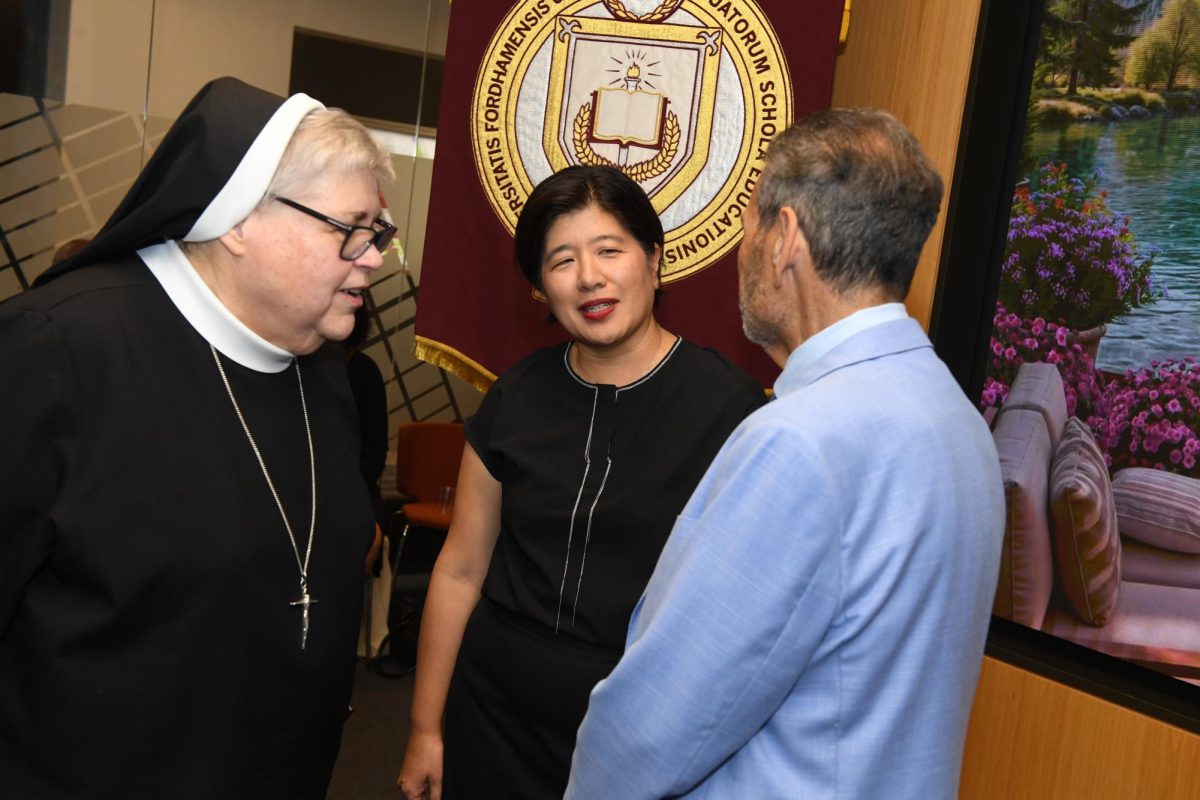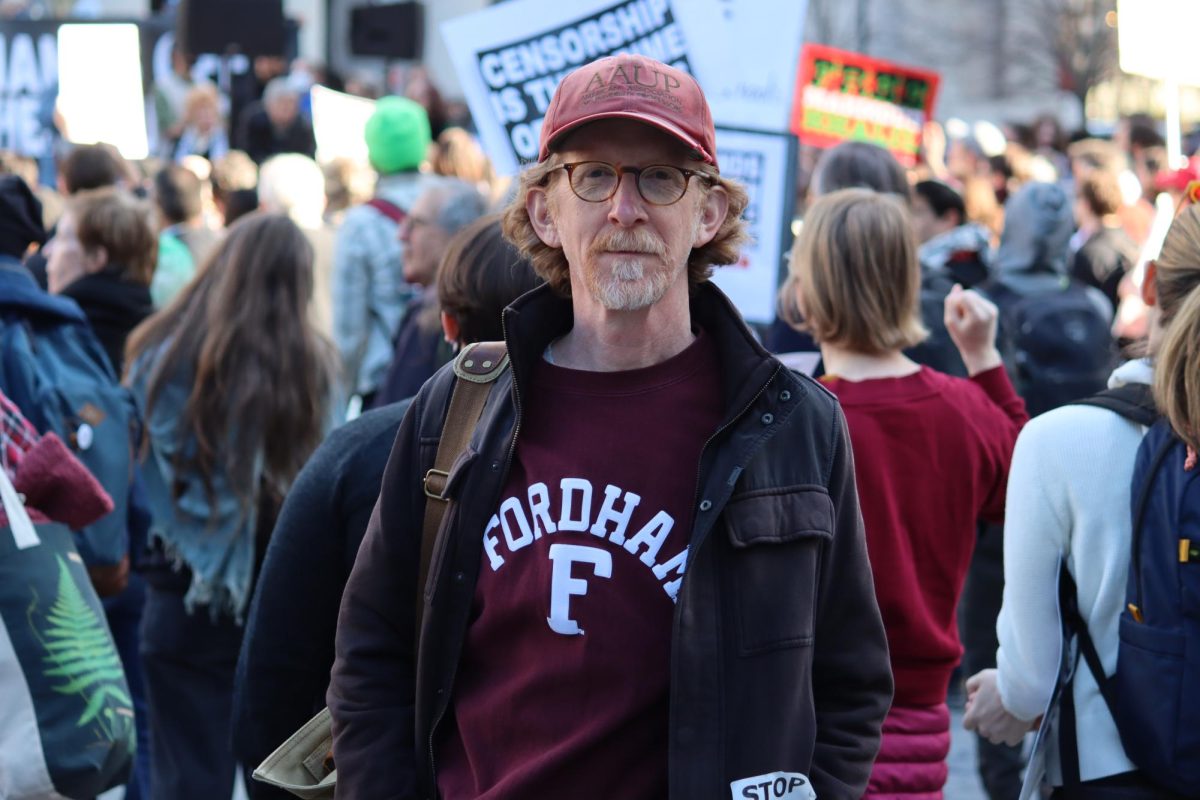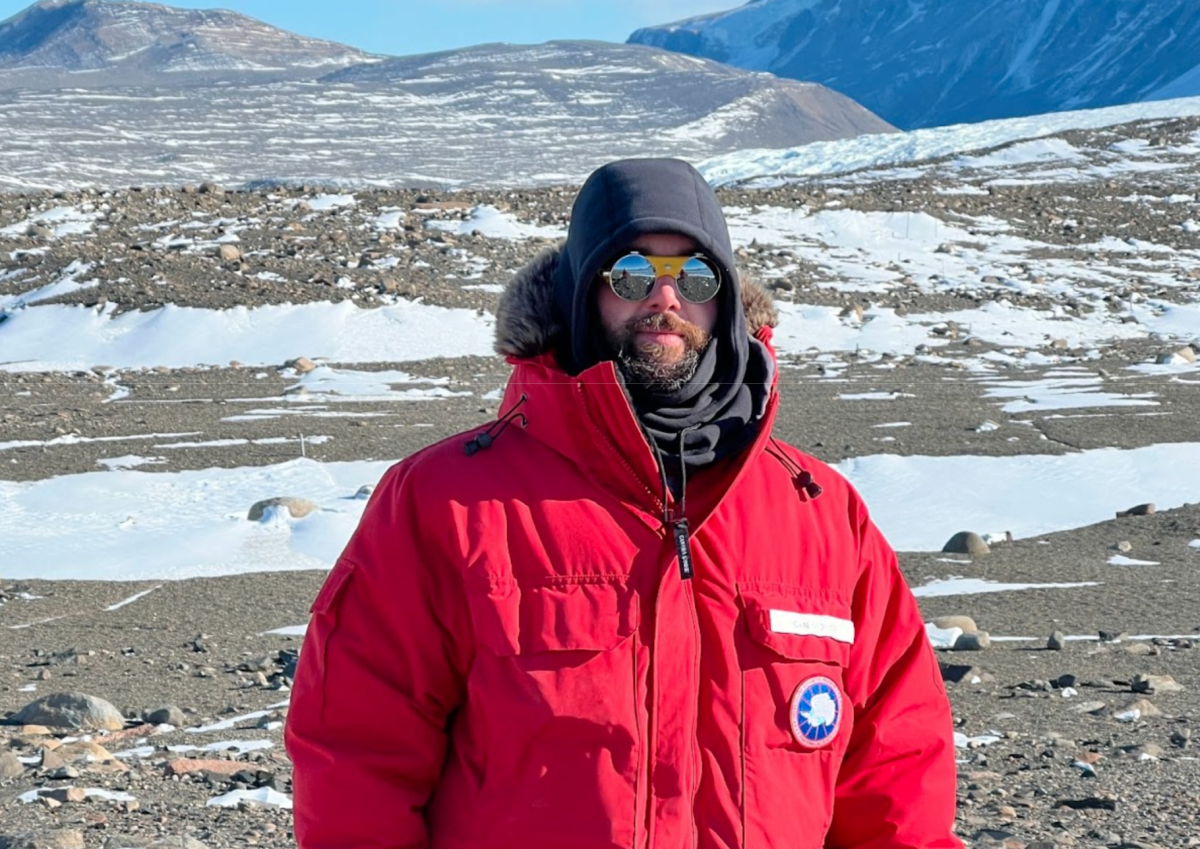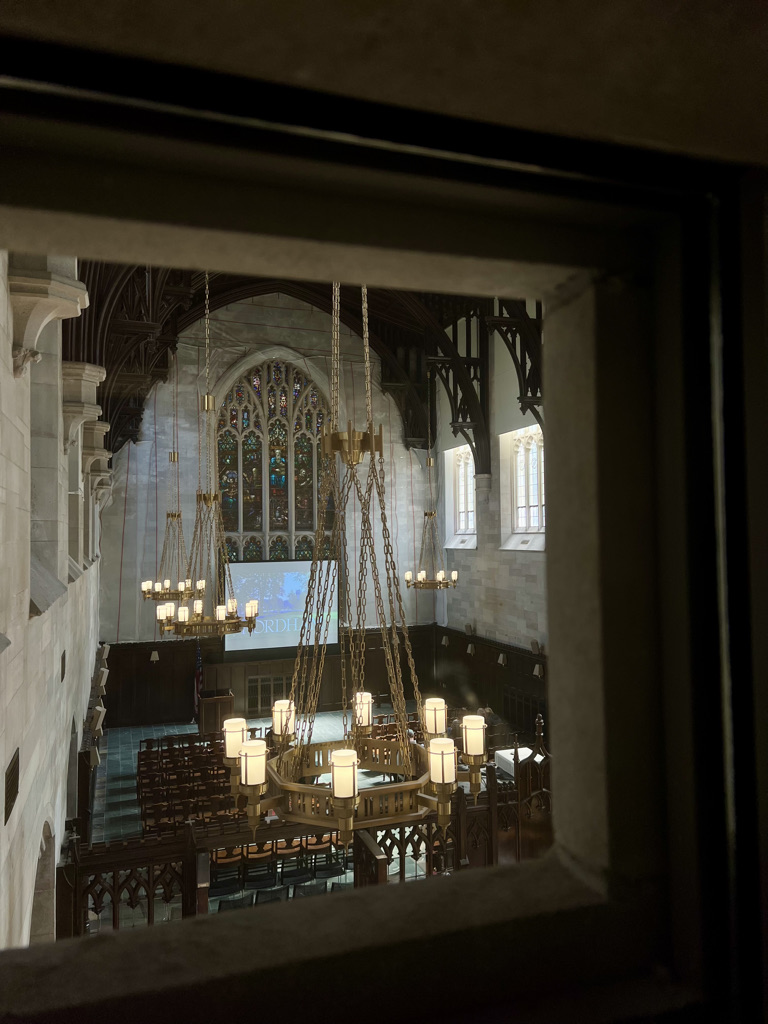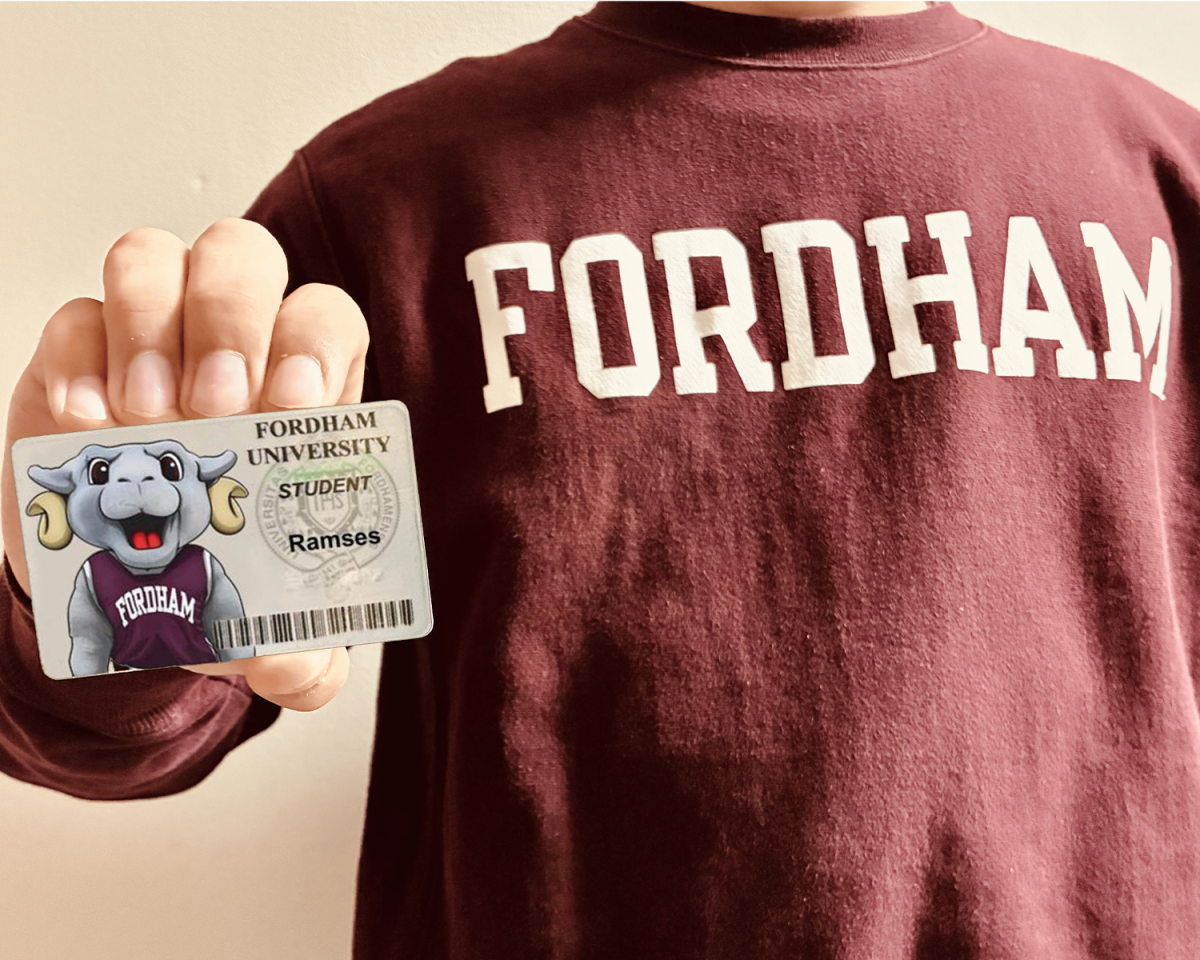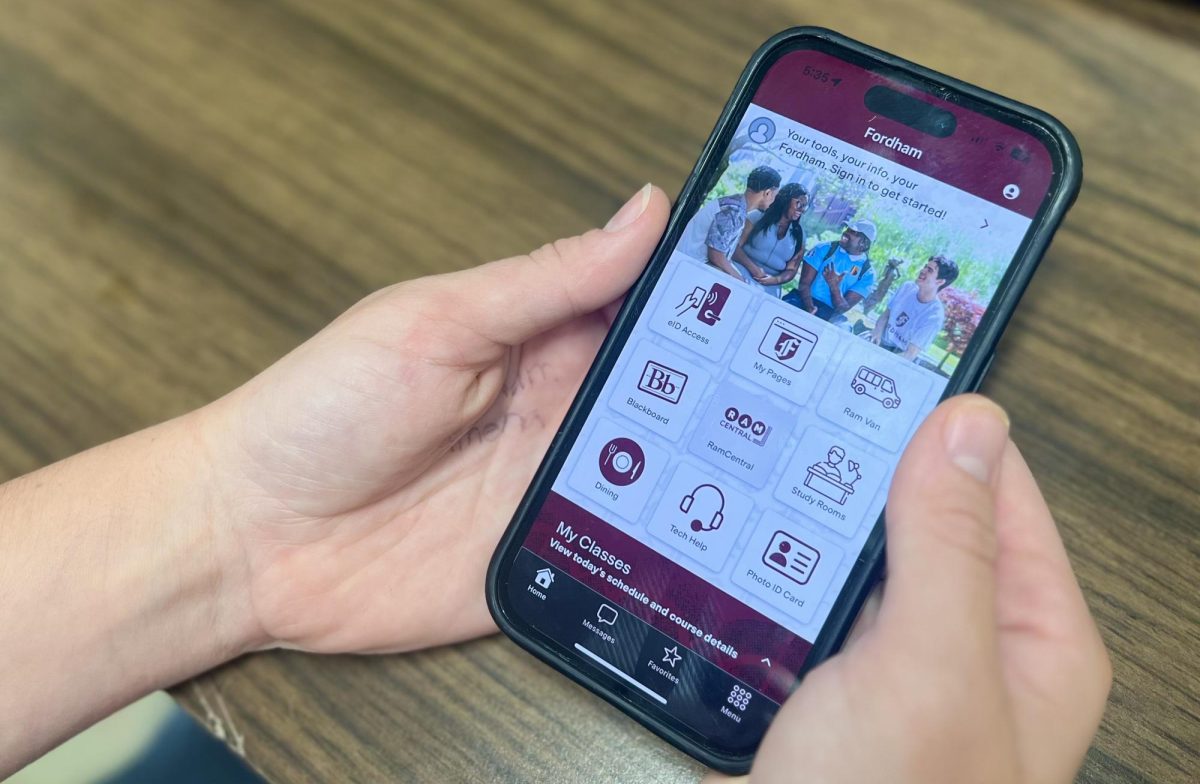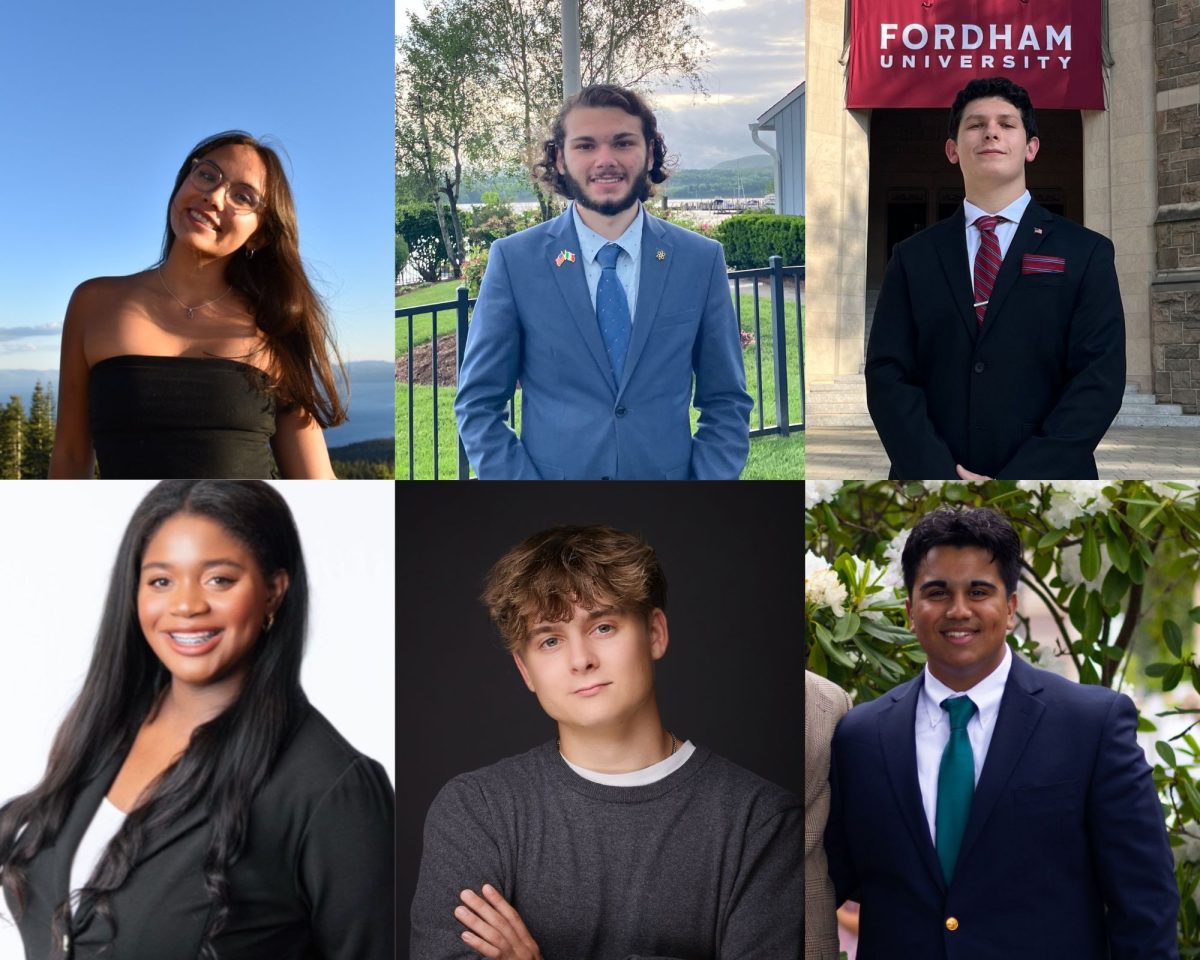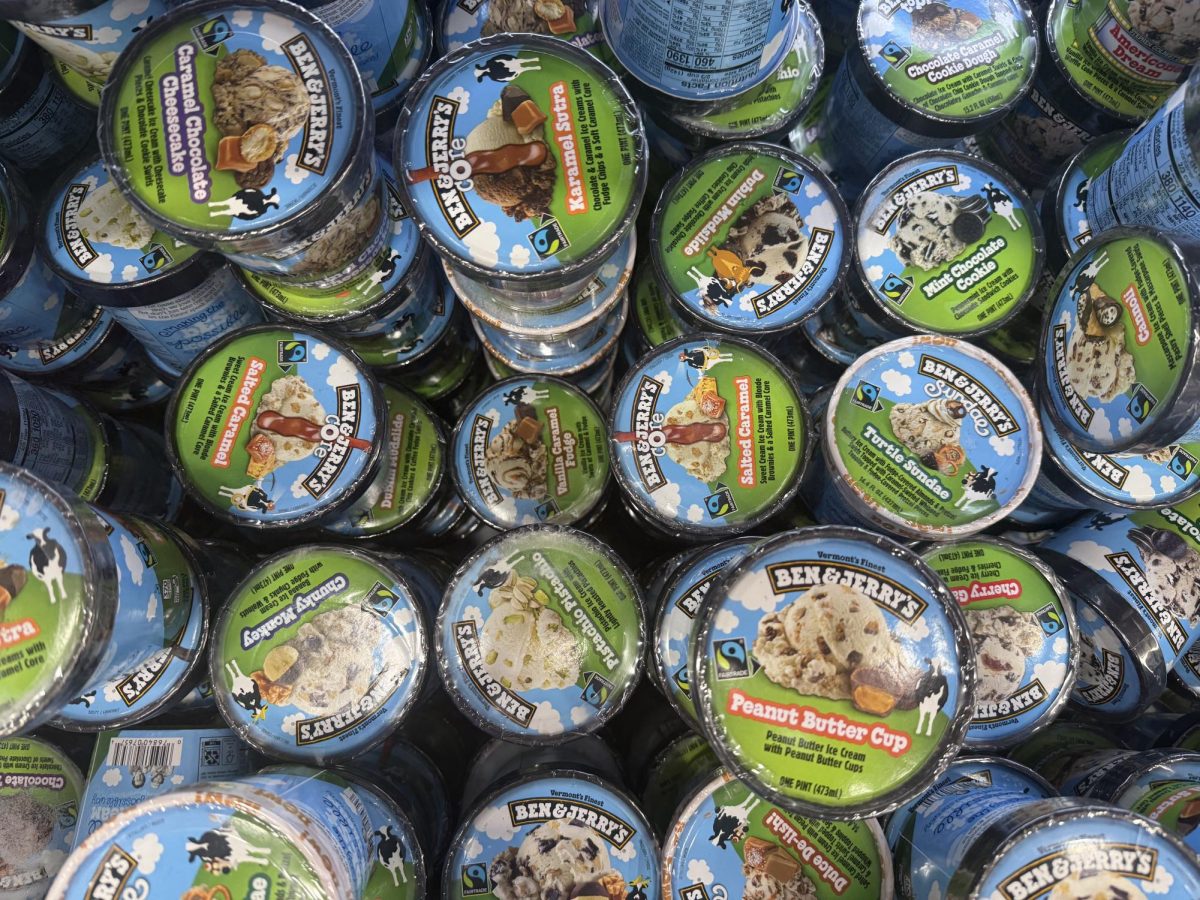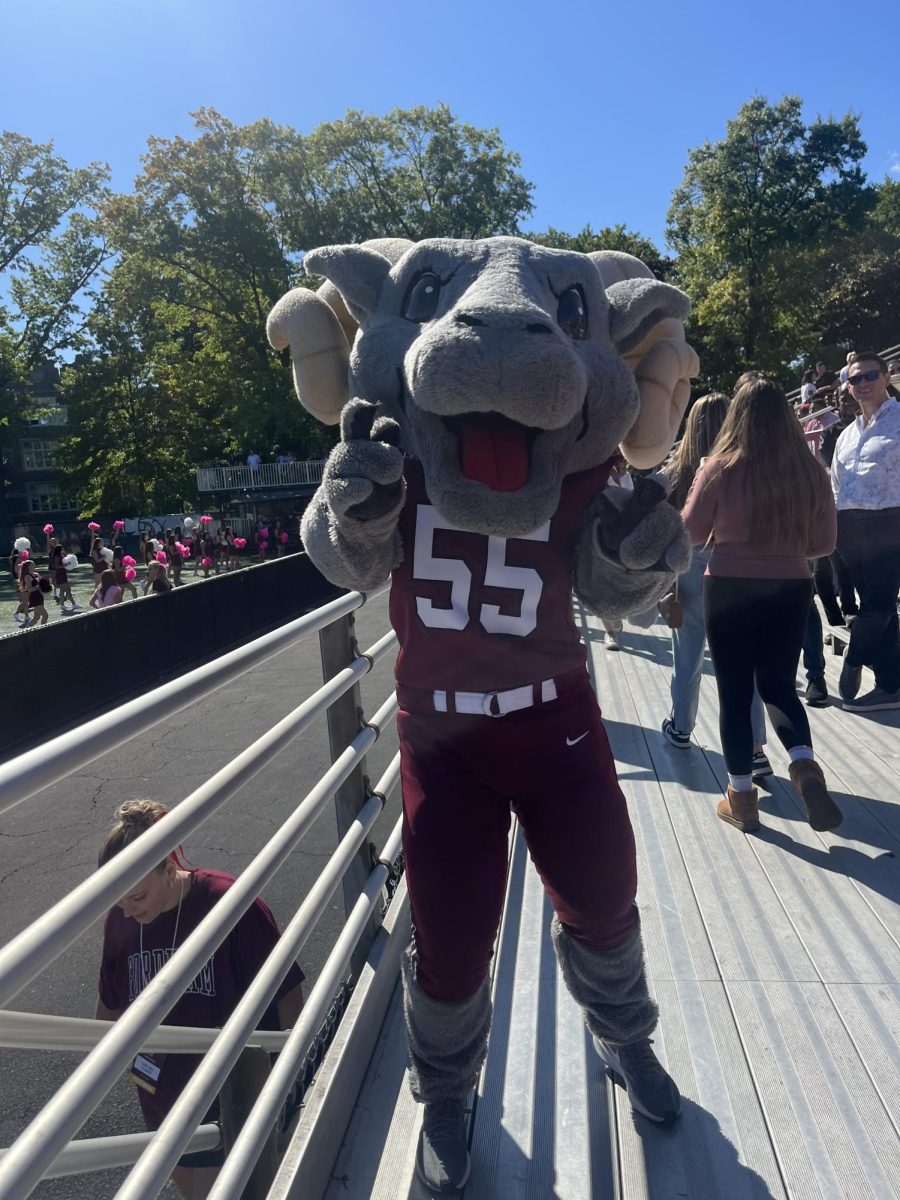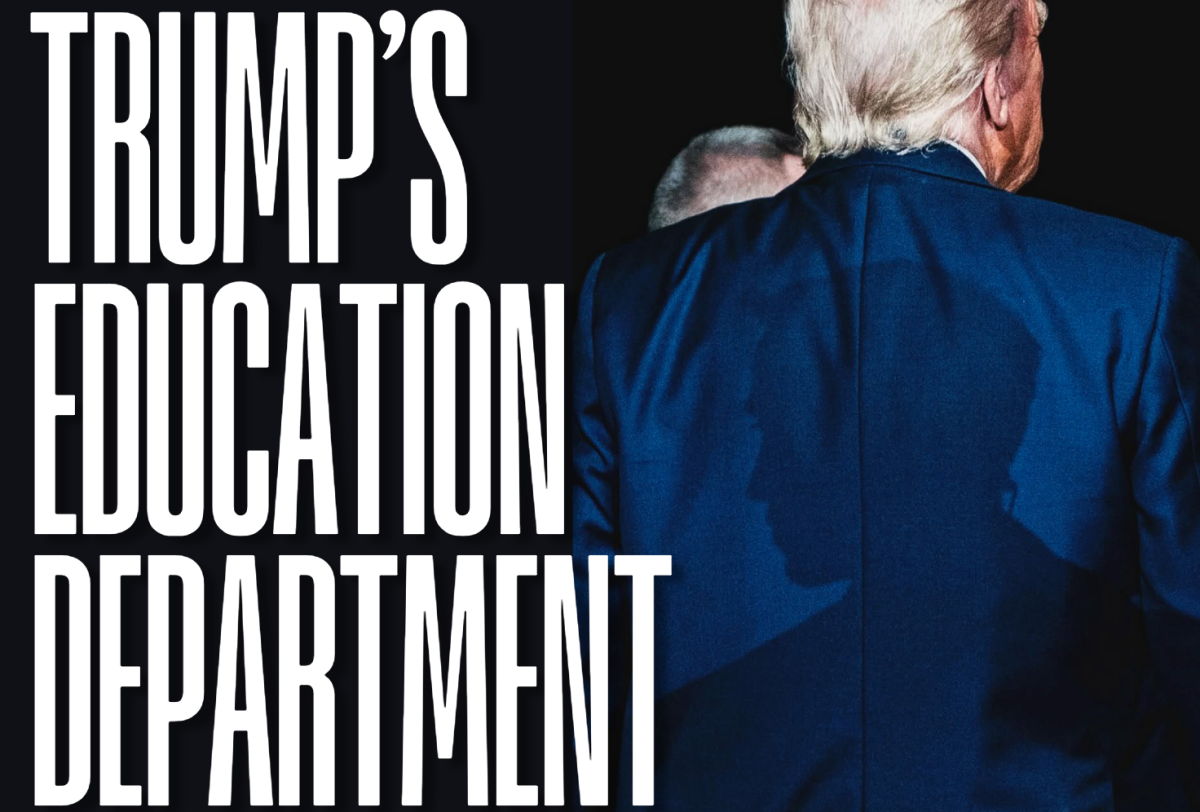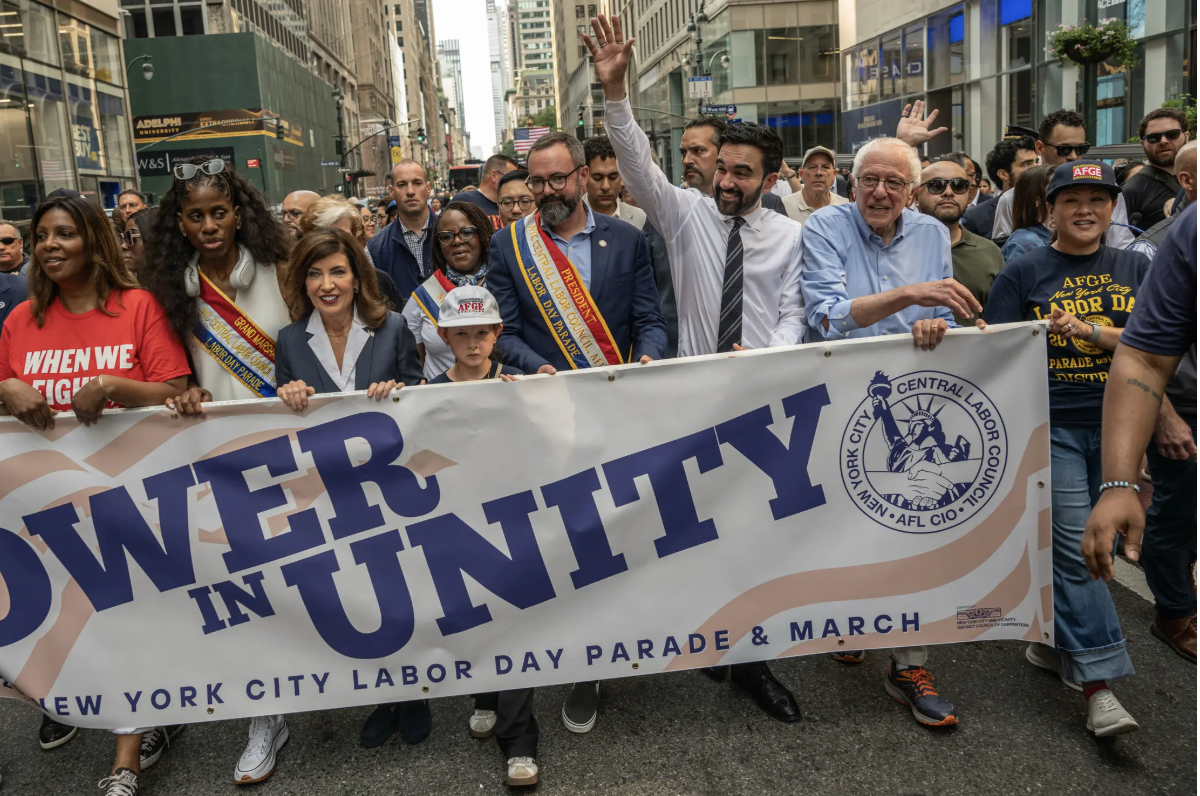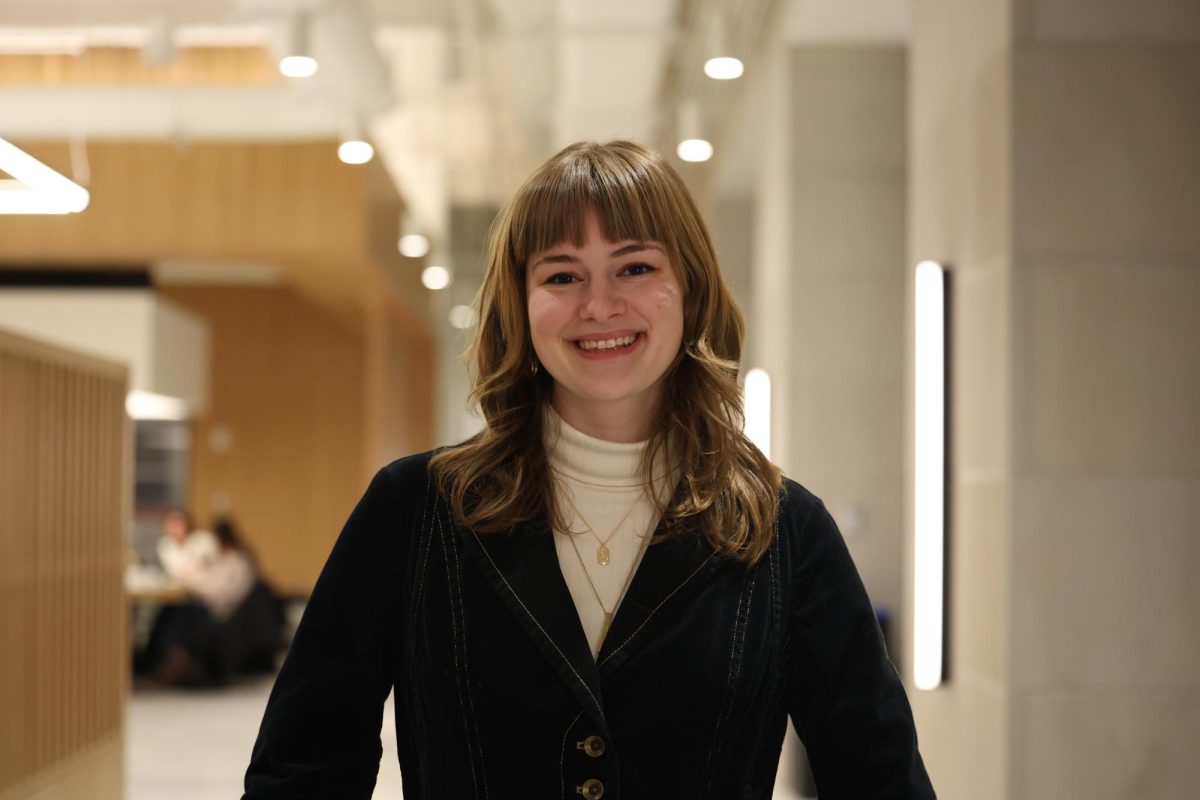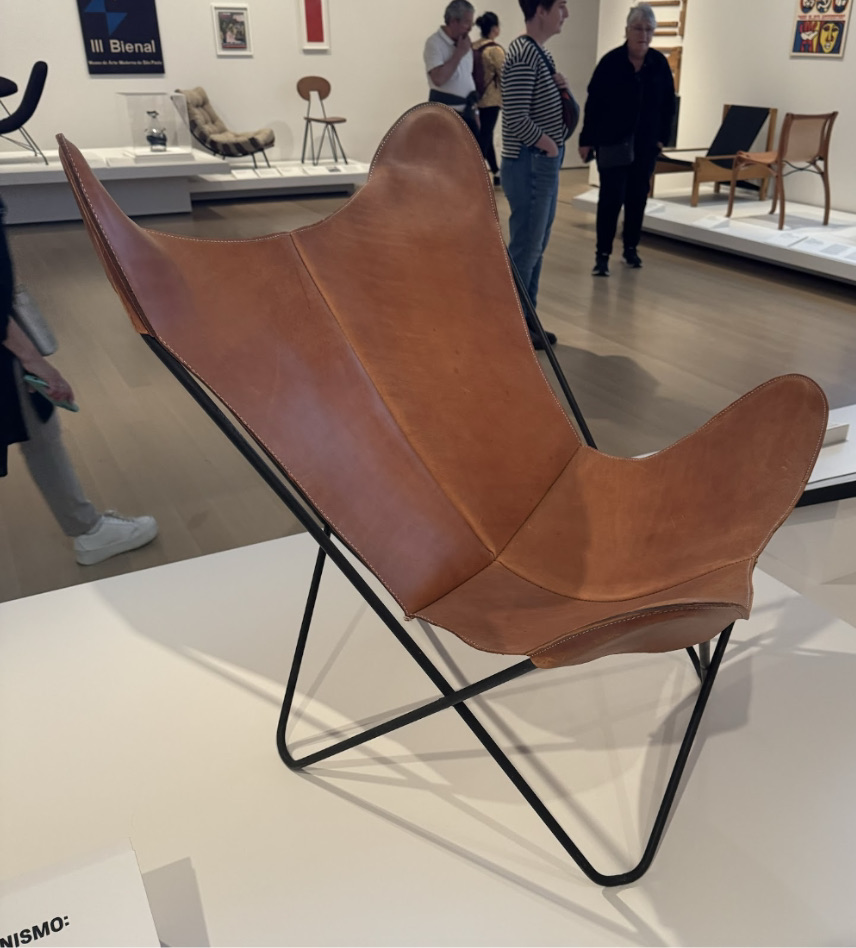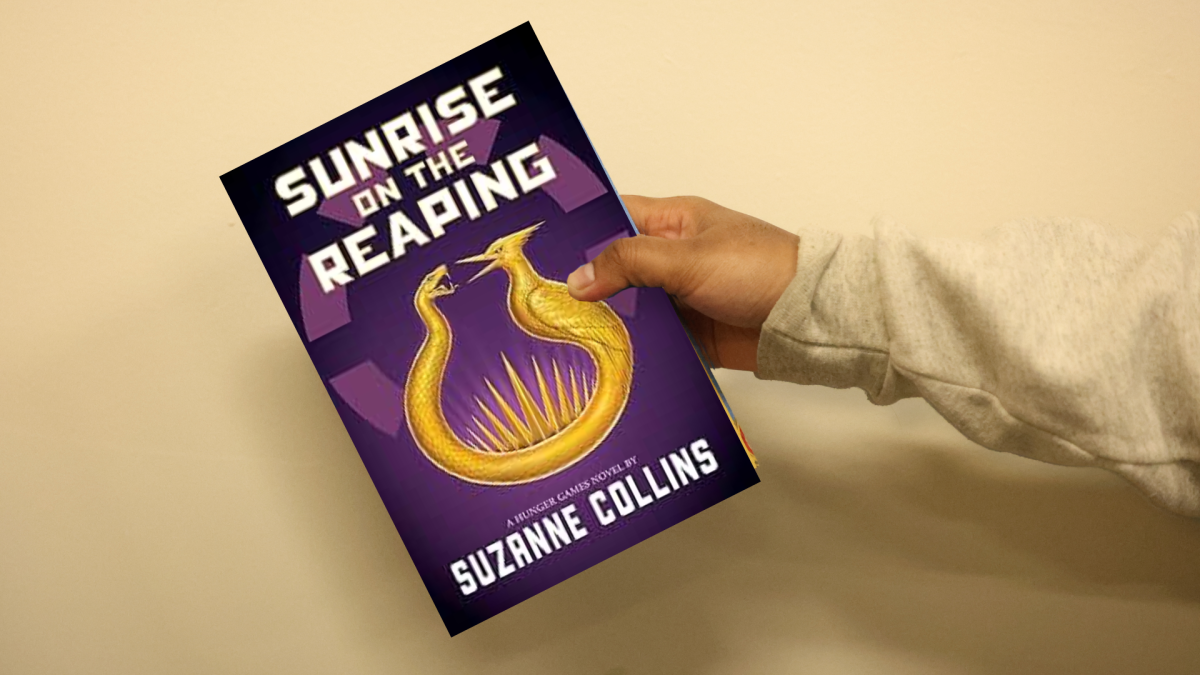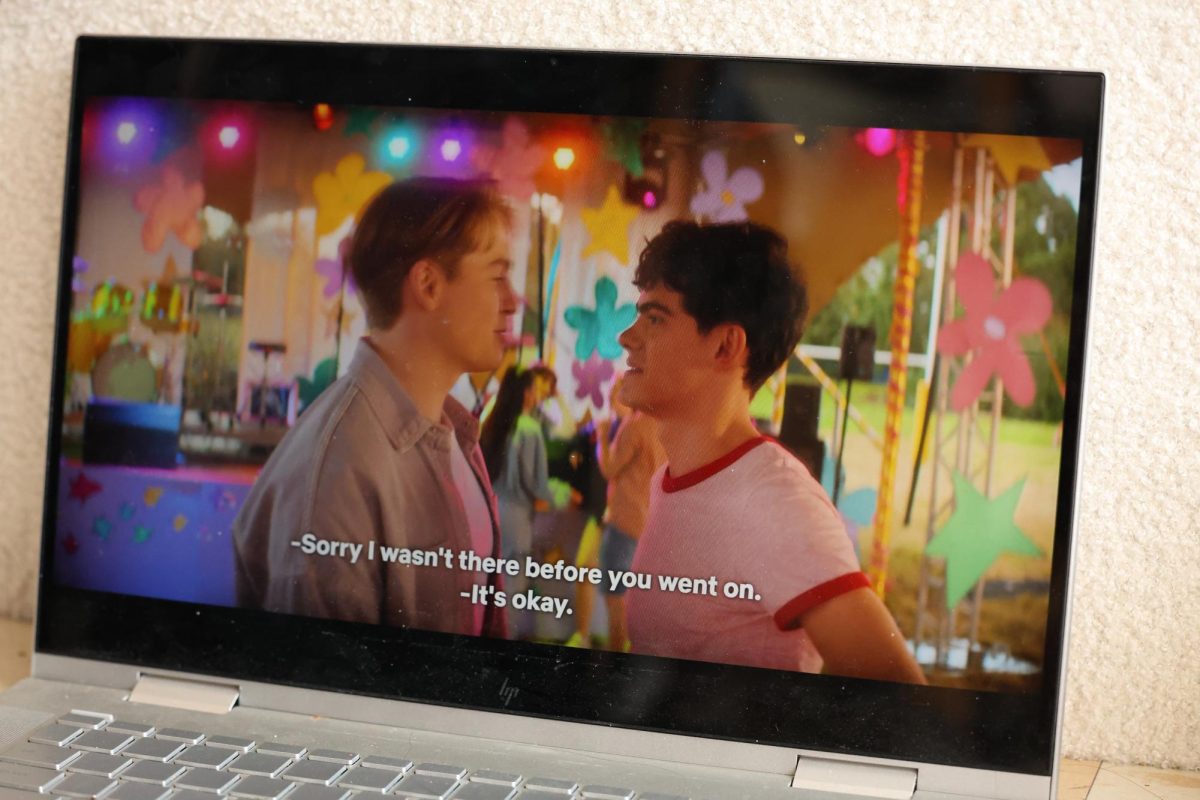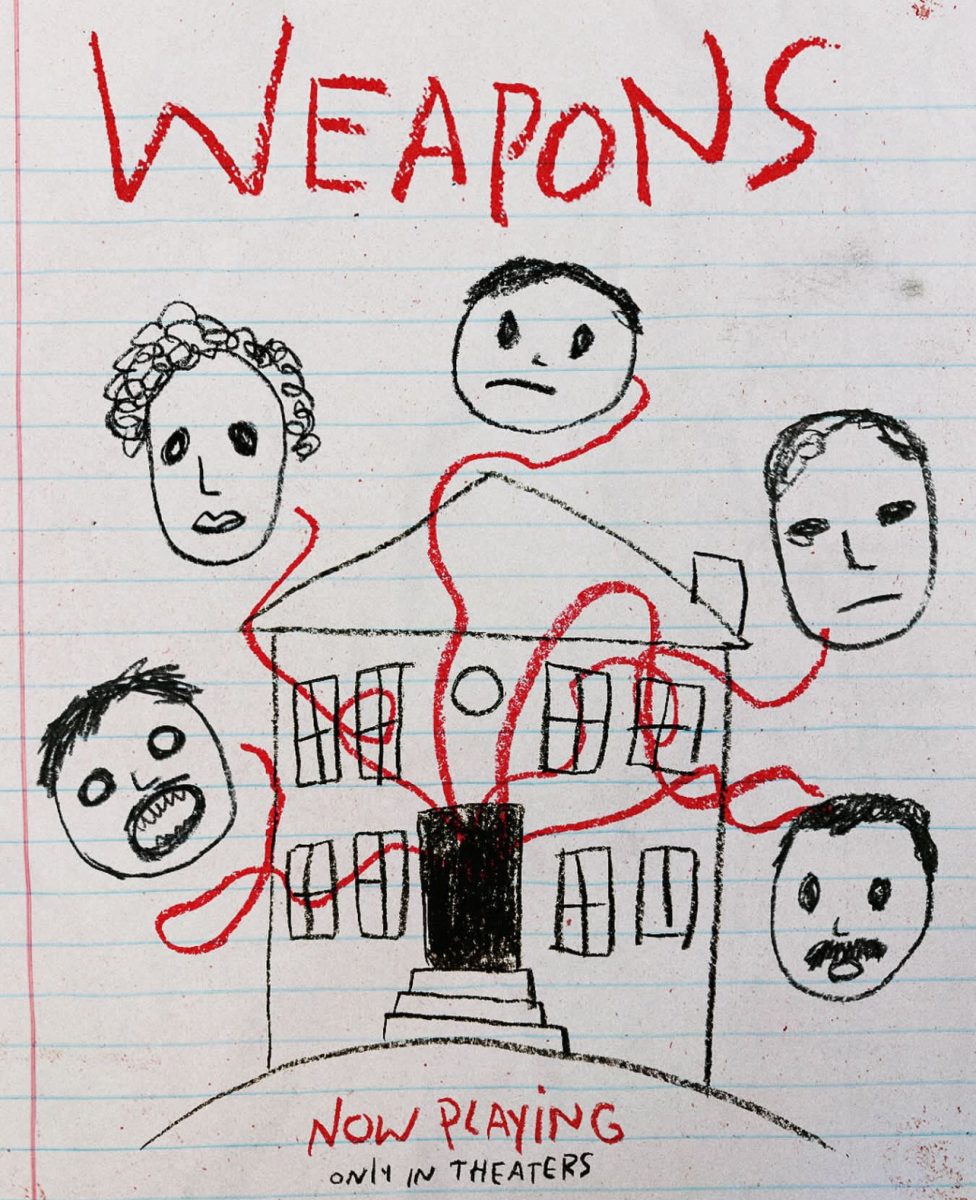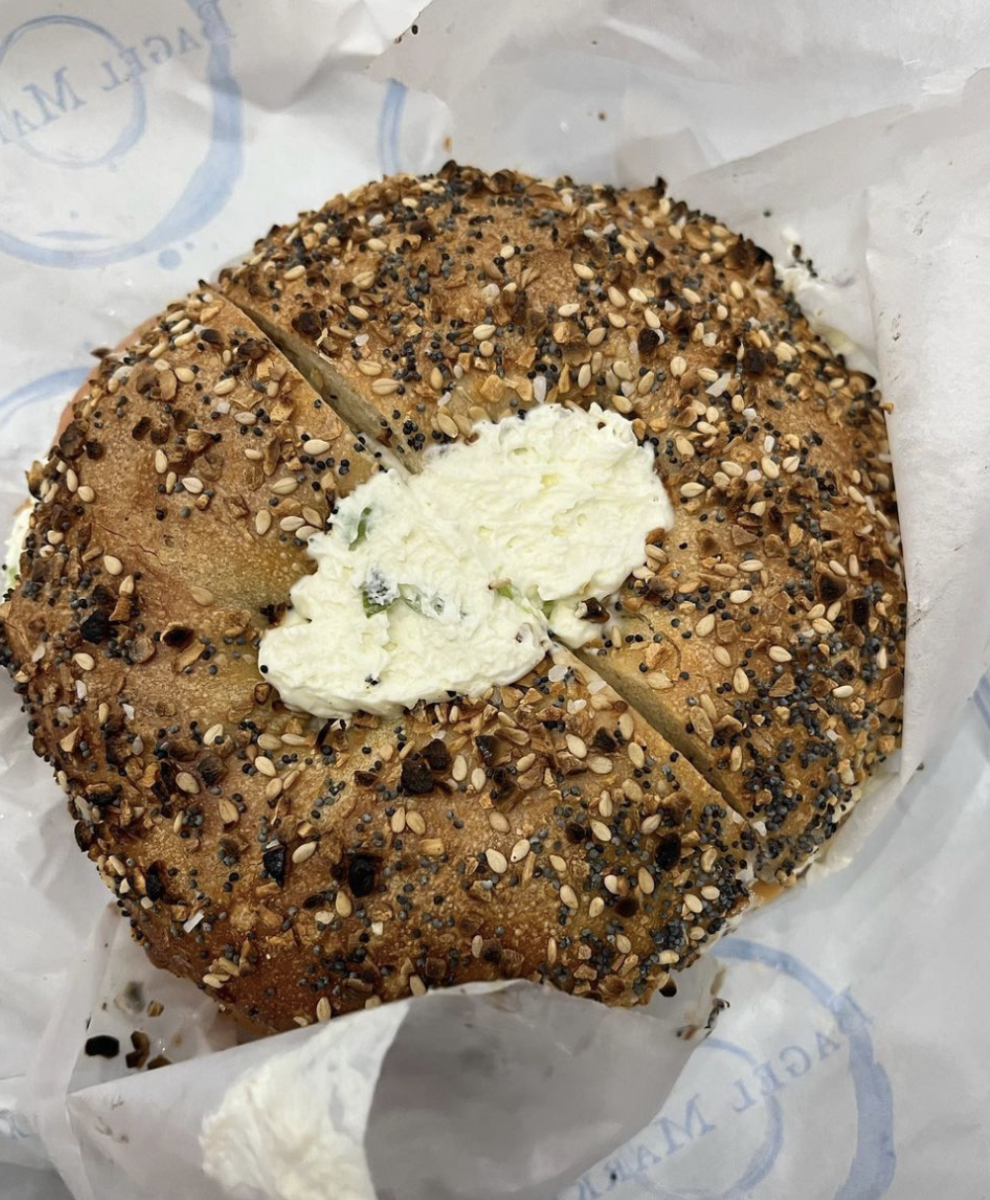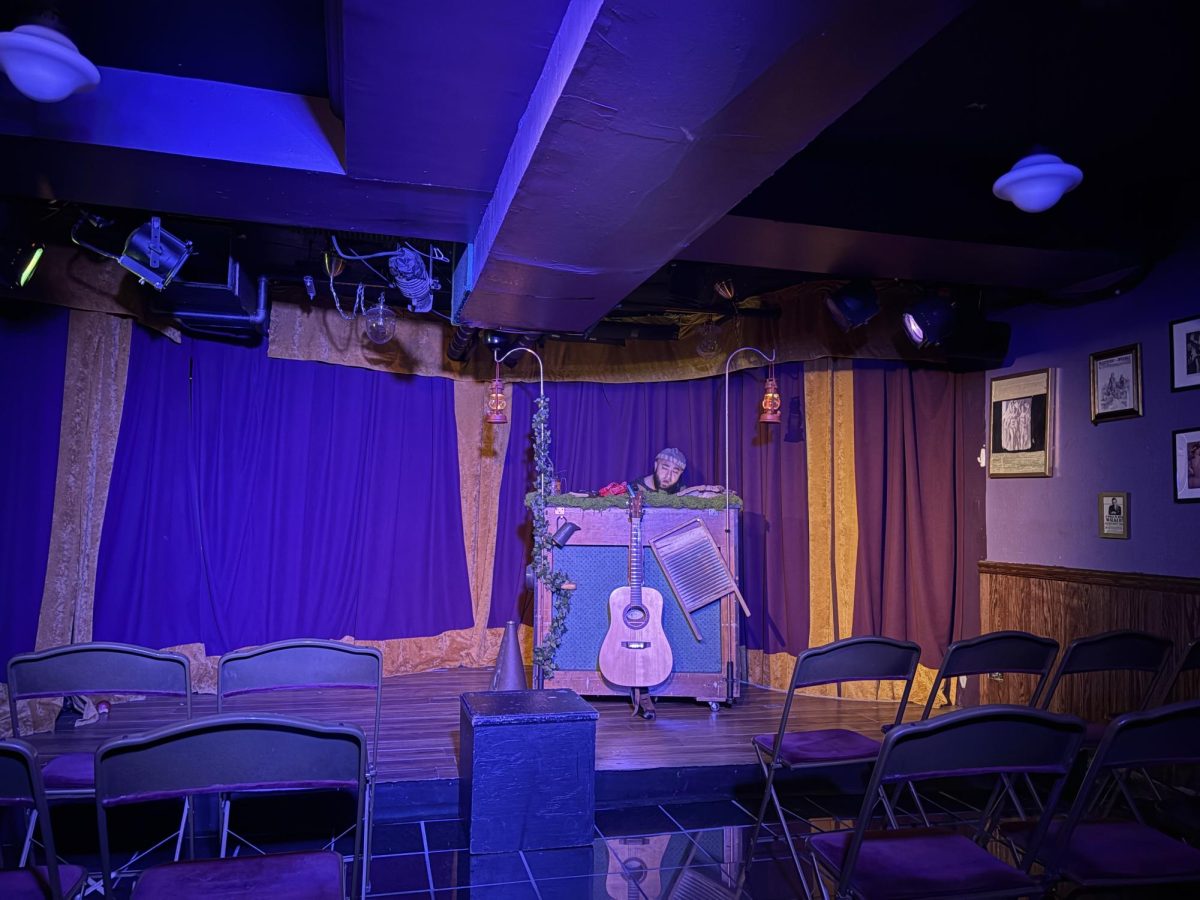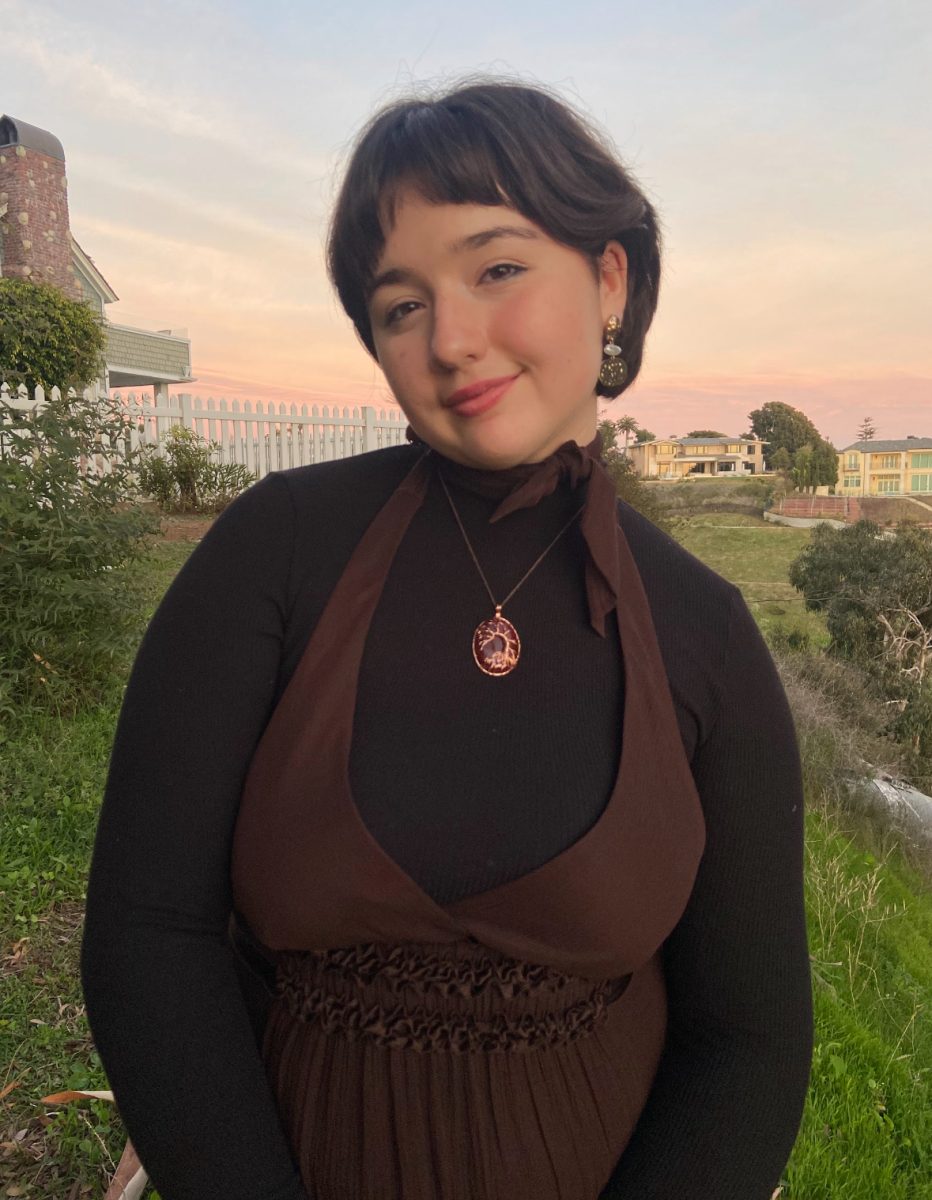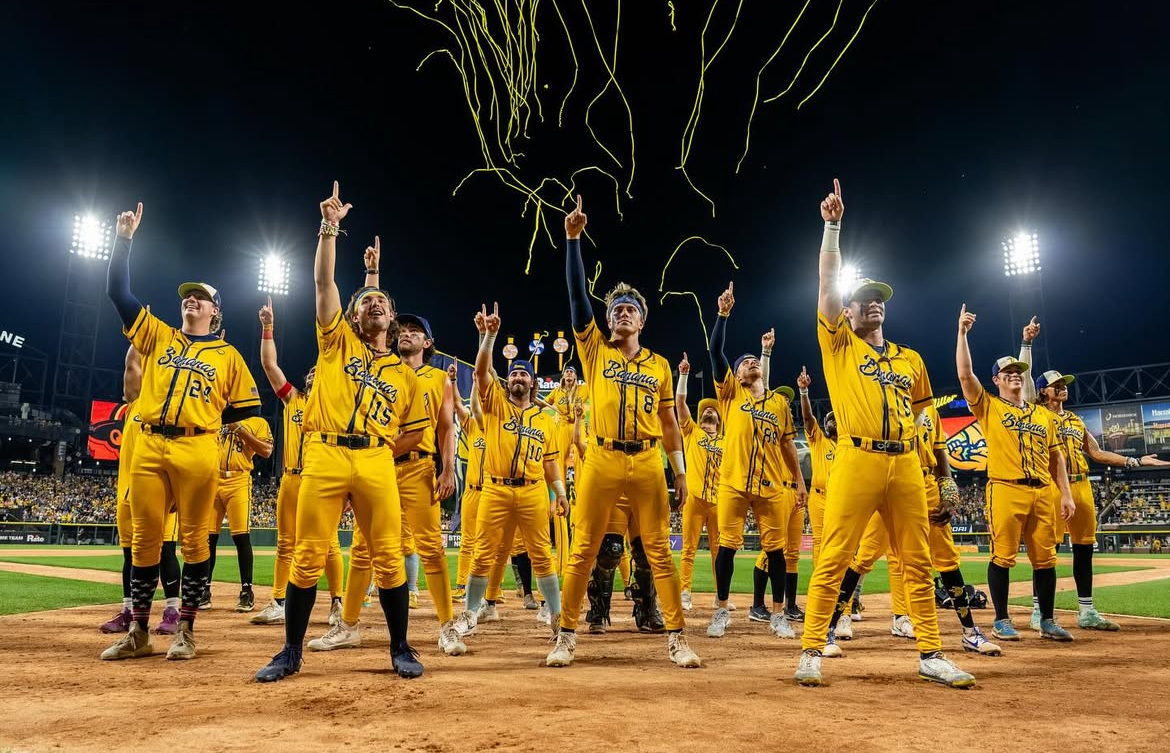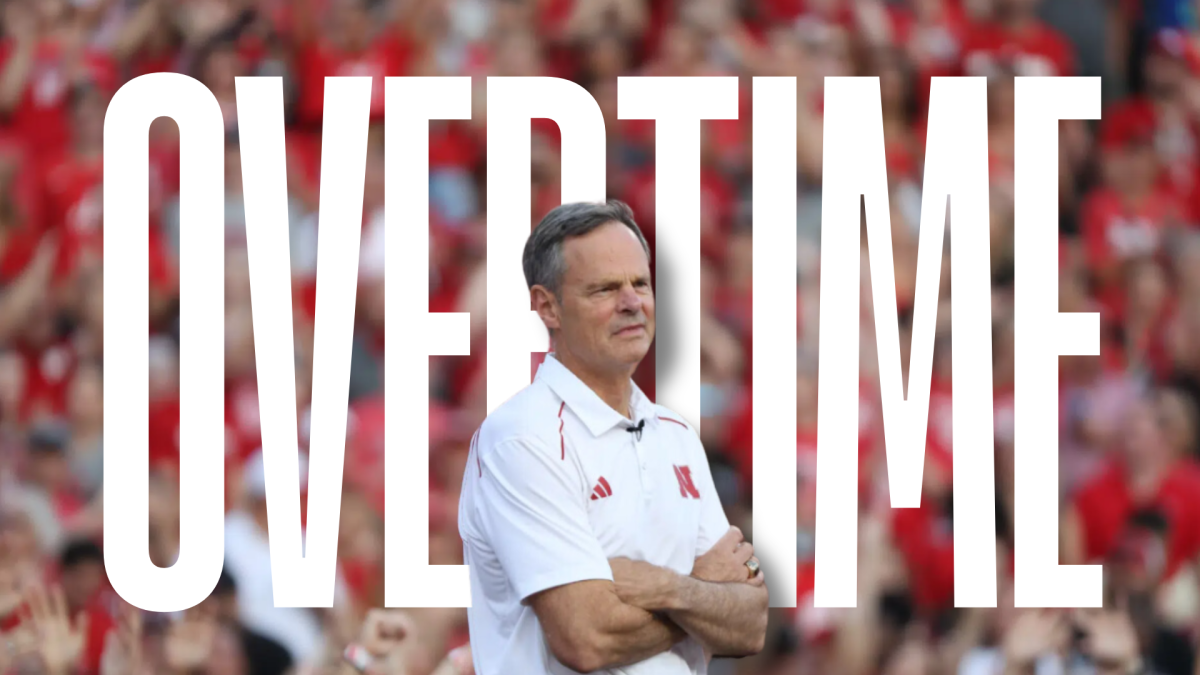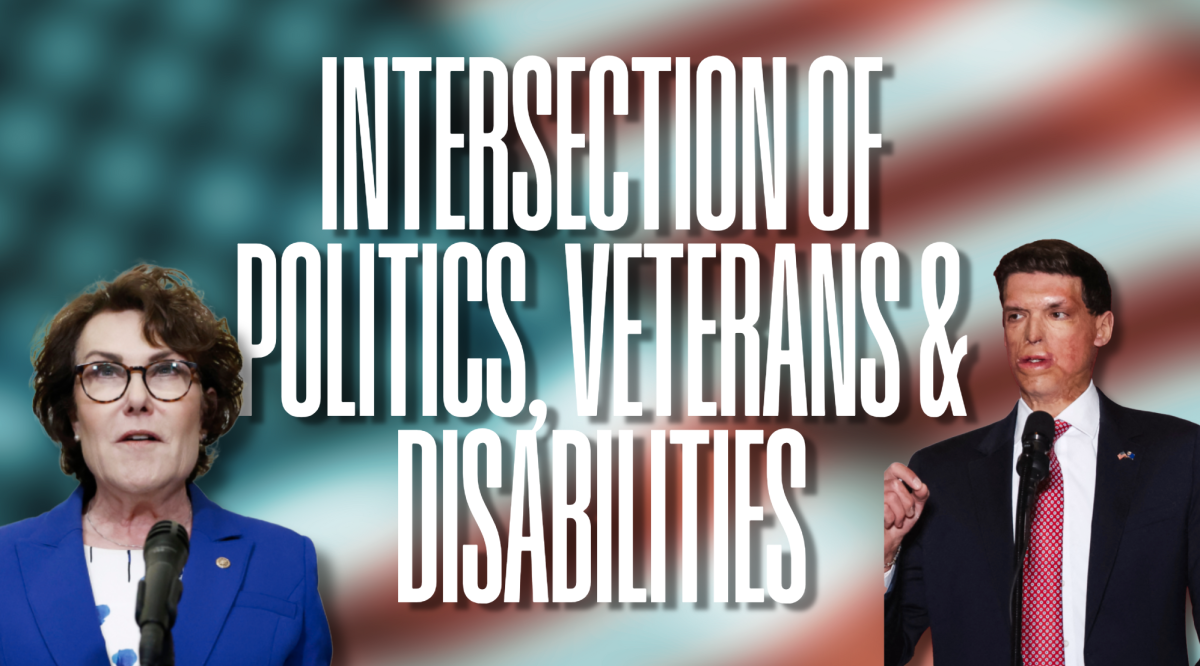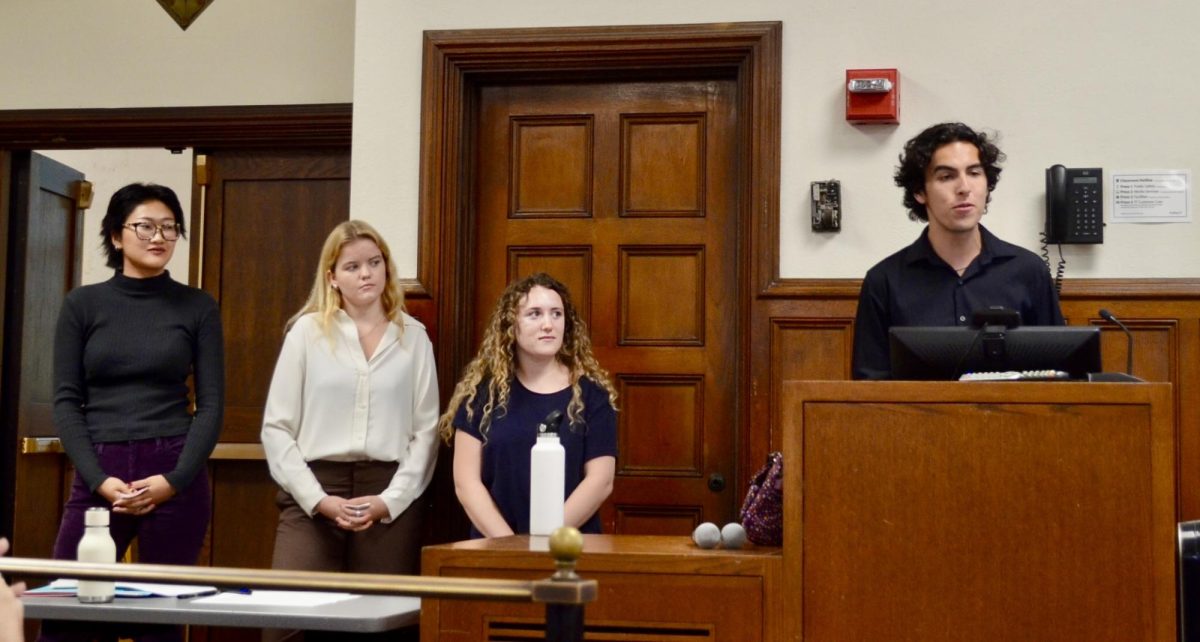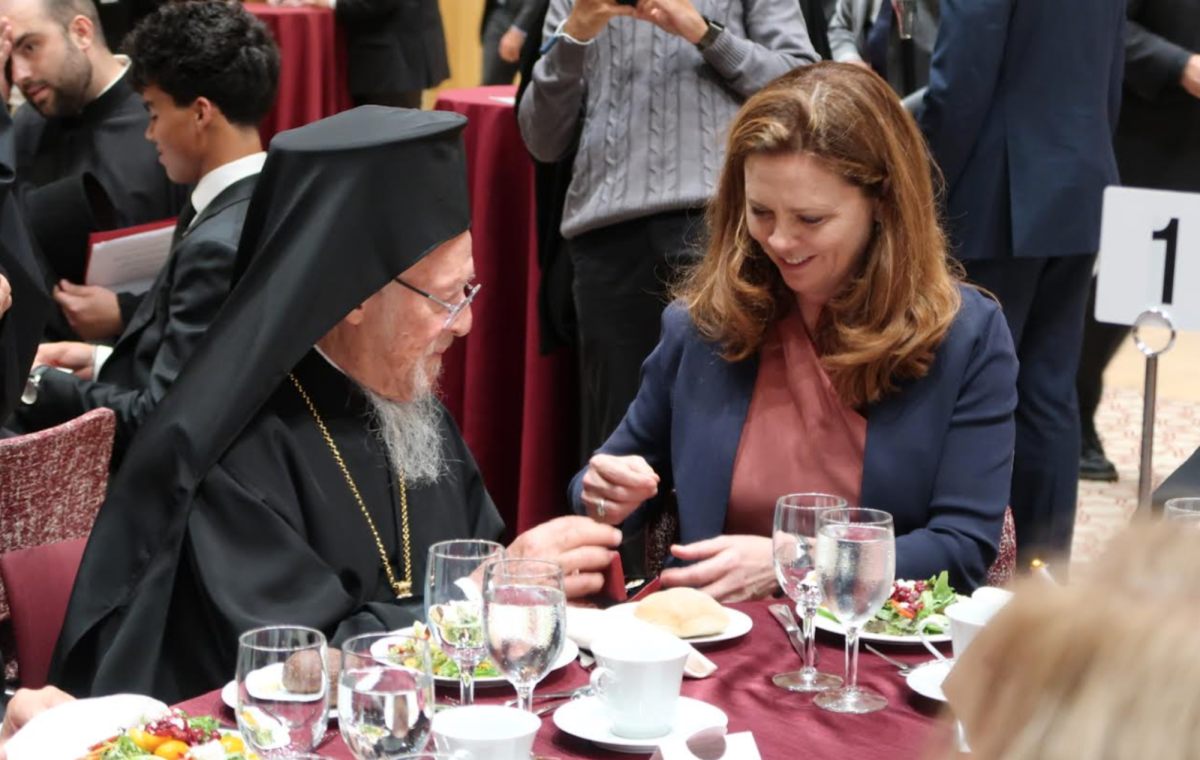By Joe Esposito
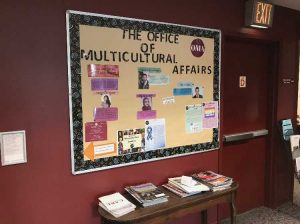
After officially launching in the fall of 2017, the Racial Solidarity Network has received positive feedback from participants in its first year.
Using the success of the LGBT and Ally Network of Support, a program which began in Spring 2010, the Office of Multicultural Affairs sought to build a program that was similar, but could specifically hone in on race, ethnicity and racial equity, according to Juan Carlos Matos, the assistant vice president for Student Affairs for Diversity and Inclusion.
The goal was to pull people together from different identities to talk about racial equity, according to Matos.
“This has been a four-year plan in order to get this program up and running in a very intentional and successful way,” said Matos.
The entire campus community got an email inviting students to participate in the program which launched last fall, according to Matos.
Fifty-seven people participated in the fall program and 61 in the spring for a total of 118 people for the year, according to Matos.
These numbers ranged from students, both undergraduate and graduate, to faculty and staff, according to Matos.
“That trend continued from the LGBT training, and I thought that was really successful,” he said.
Students filled out a survey after completing the program note what they found effective about the experience.
“The number one thing that people really enjoyed was the TED talk that we showed,” said Matos. Color Brave, the TED talk, got one of the highest rankings in terms of effectiveness. 95 percent of participants agreed the talk was effective, according to the survey.
Ninety-three percent of people felt that the “Who’s in the Room” exercise was effective, according to the survey. In this exercise, people would step into a circle based on a prompt regarding identity. There was discussion afterwards, according to Matos.
Another part of the program that was found to be effective was the discussion on becoming a racial ally, also coming in at 93 percent. This program featured a discussion on how people of various races interact and how one can work to becoming an ally toward racial equity. This segment attempted to illustrate that everyone can be an ally toward racial equity, according to Matos.
Participants also had the opportunity to share qualitative responses.
People shared that they enjoyed the racial caucusing, the open discussion and the student speakers. Others felt the shared personal experiences was a positive component, according to the survey.
Some said they were grateful for such a program existing, noting that it was very comprehensive. Specifically, some students found that the historical component, as well as the diversity of the participants, allowed for an informative, effective and fruitful experience, according to the survey.
One student who participated, Mikaela Brandon, FCLC ’19, said she believes the Racial Solidarity Network is accomplishing its goals.
“It succeeds in educating individuals on the intricacies of race, language and culture and encourages participants to be allies and/or active members of the community,” she said.
Matos said he values the positive feedback he has received after the years he has put into the program.
“For me as an administrator and someone whose been working on this for a really long time, to see that the work that we are putting out for the program is being well received by people I think is really important,” he said.
The program is successful in the pursuit of its goal of promoting a welcoming environment for all, according to Mario Pineda-Bermudez, GSB ’20, a student participant in the program.
“I think the program itself is successful in its pursuit of this goal, covering topics such as intersectionality of identity, microaggressions and mental health as it relates to race,” he said.
People also shared that it was the type of discourse that should happen more often. Participants shared that they hoped for ways and opportunities to get involved after the training program, according to the survey.
Matos noted that work is being done to allow for such an experience of an ongoing conversation. Reviving the deeper dialogue series is one possible option, according to Matos.
“My hope is that this program should really be seen as one piece of a larger puzzle of how Fordham can aid and improve the racial and ethnic climate of the university,” said Matos.





